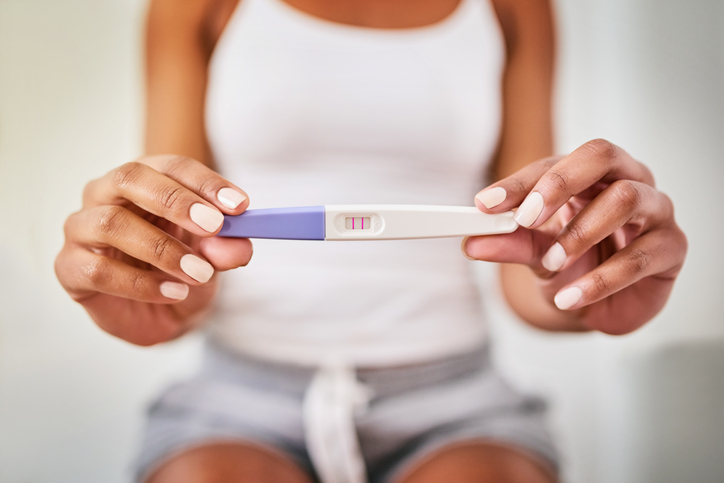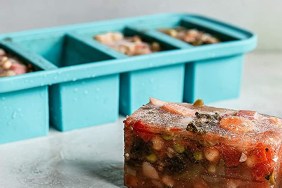When are you most fertile? If you’re trying to get pregnant, you’ll ask yourself this question at some point. The good news is that it’s pretty easy to figure out, assuming that all of your parts (and his!) are working properly. It really comes down to timing; there’s a certain window every month when you’re fertile.…








